![]() looking down the drainage
|
We both wanted to see more of the mountain and John, trusting my research, was agreeable to try a new route. And so, after a few more minutes enjoyed on the summit, at 3:45 pm we departed, stepping and sliding our way to the broad Shavano-Tabeguache saddle, where we began our descent to the drainage.
Higher up the snow was a mixture of wind crust and dense powder, and we were able to make quick work of several hundred feet by a series of short, jarring glissades each ending abruptly with a whumph and flying snow. Below 13200', however, the powder baking in the hot afternoon sun had become heavy and wet. Further attempts to glissade or even plunge-step resulted in 6" - 8" deep slabs breaking away from the underlying hard pack and dispatched them sliding and tumbling downhill. Fear of triggering a big one forced us to traverse onto the southwest face of Mount Shavano, where we could follow patches of tundra poking up through the snow and loose rock down to the drainage. |
|



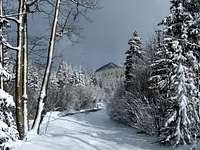





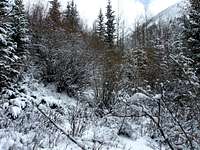

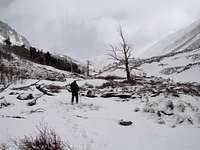



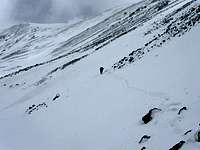
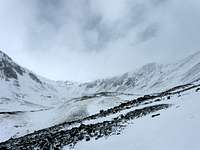



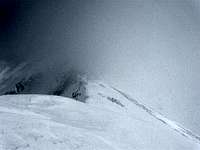

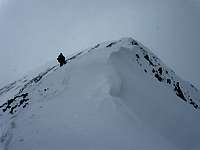
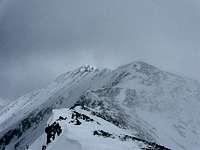
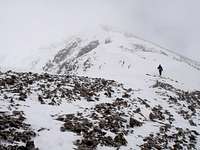


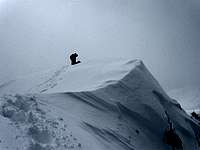
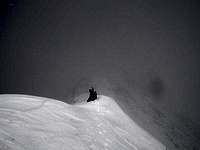




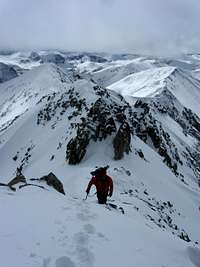


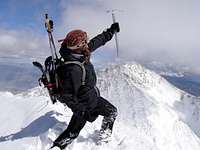
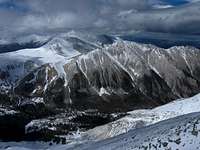

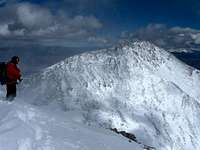
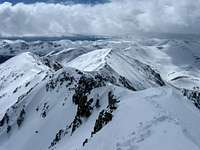
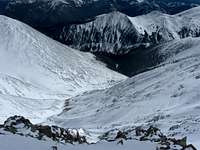
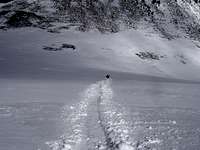


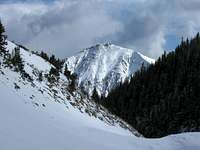



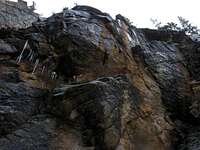







Comments
Post a Comment